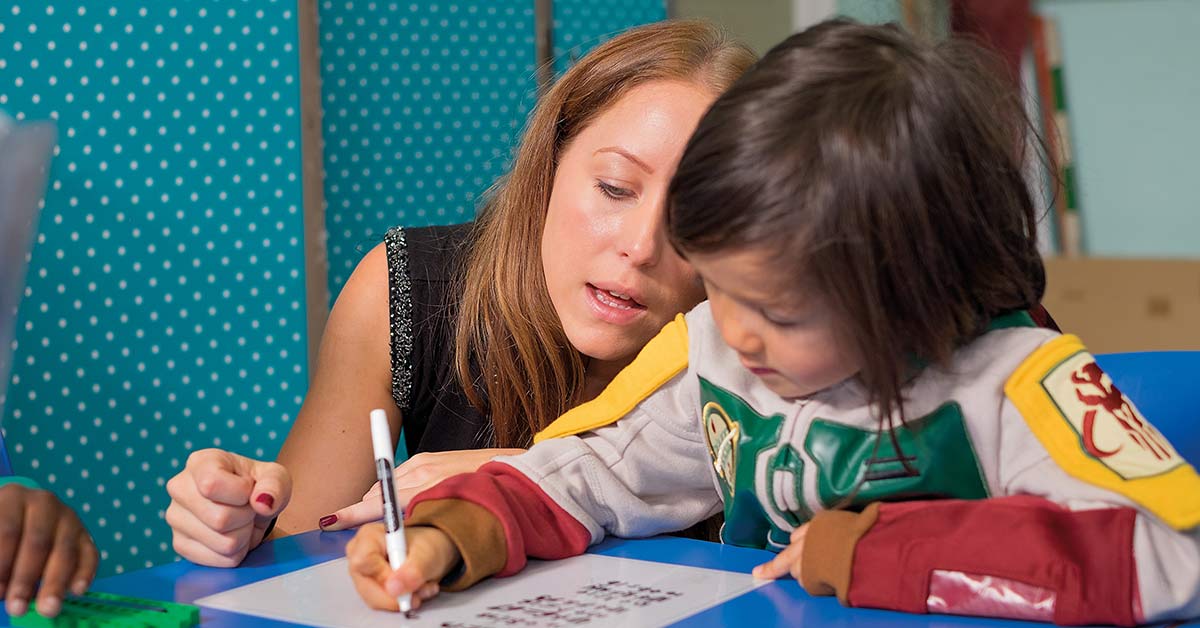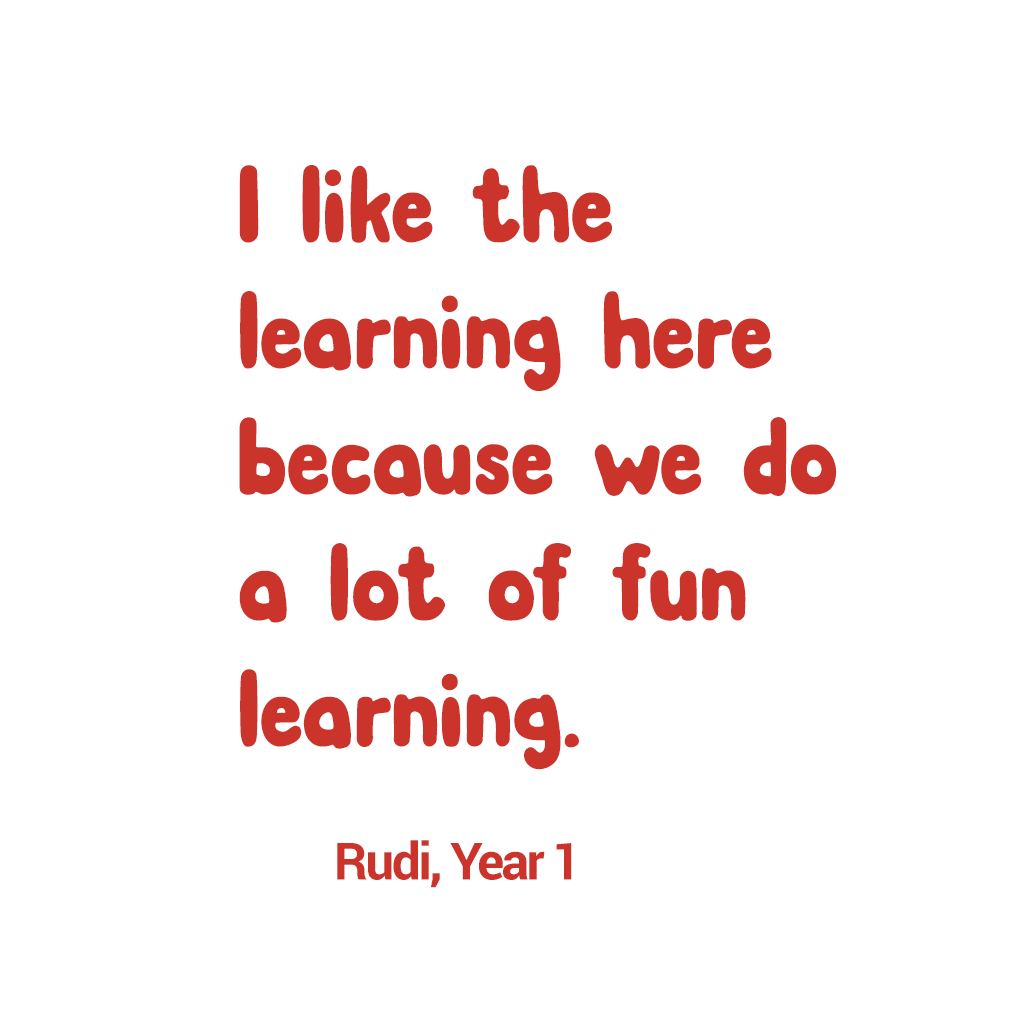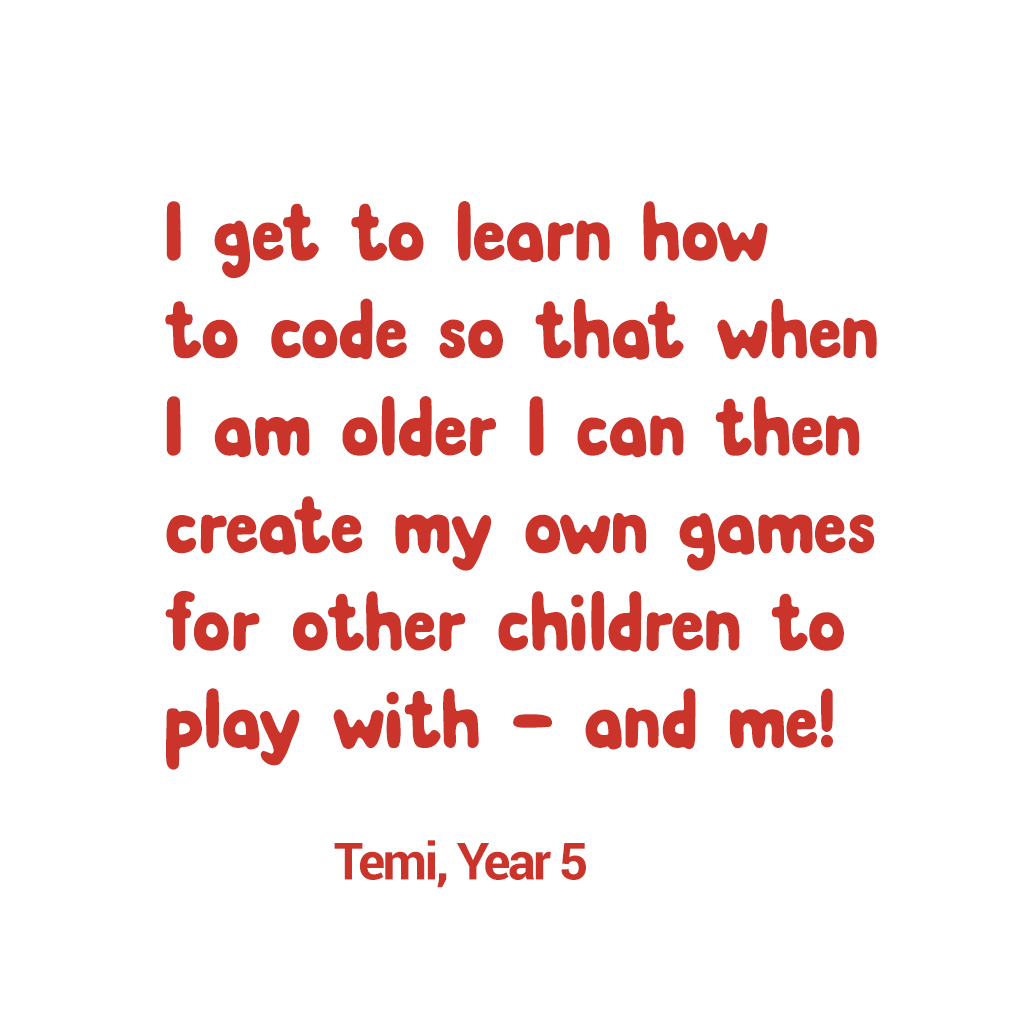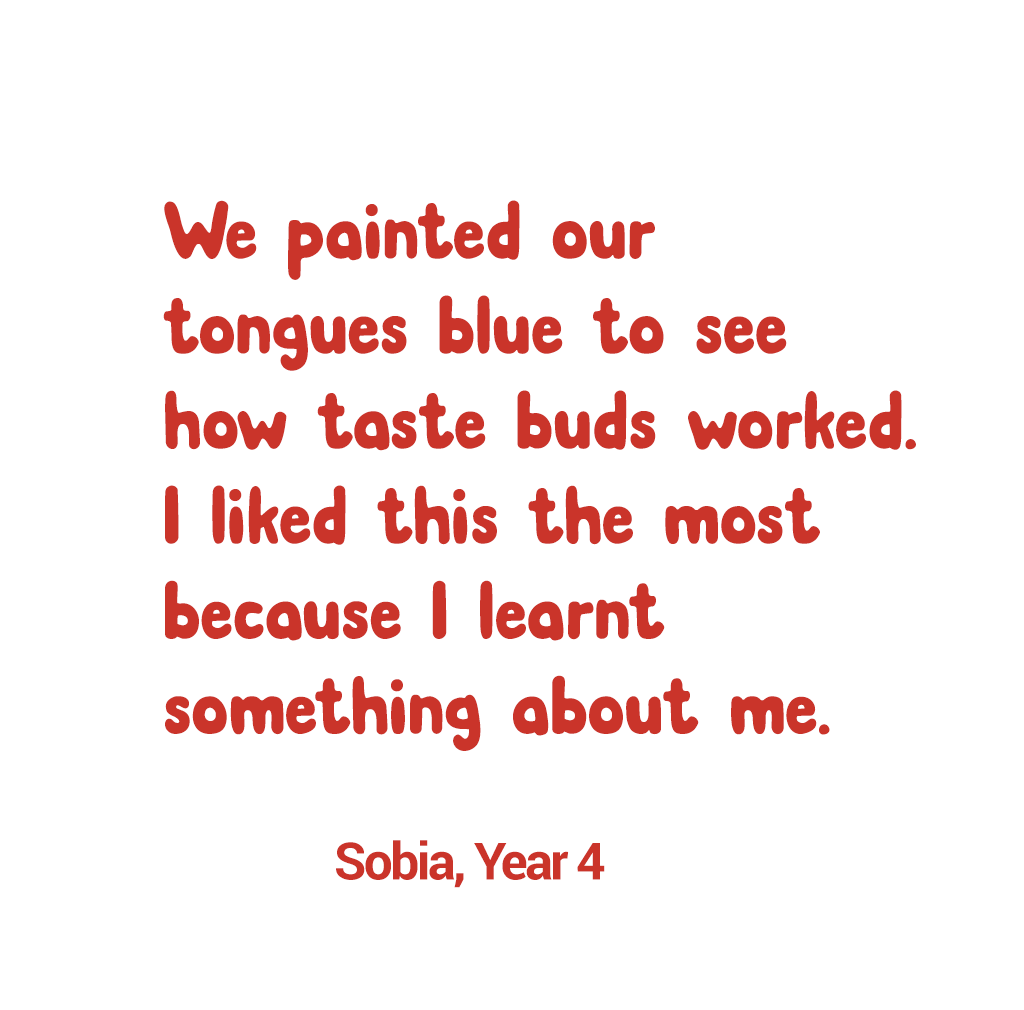
English
In English in the Autumn Term the children read 'Charlotte’s Web' by E.B. White and 'Coming to England' by Floella Benjamin, and use these as starting points for their writing. In response to these texts, they develop their descriptive language and write diary entries and letters in character, as well as writing dialogue.

They also write their own adventure stories. In their non-fiction work, the children write a range of recounts as well as learning how to write information texts linked to their topic of London, with a focus on using organisational features. The children study some traditional poetry this term too.
In the Spring Term the children look at the texts 'The Iron Man' by Ted Hughes and 'Stig of the Dump' by Clive King. The aim of the writing linked to these texts is to continue to develop their use of descriptive vocabulary by making more ambitious language choices and extending sentences.
The children continue to write some information reports linked to their topic on the Romans, focusing more on their research skills.
Children look at a range of fantasy stories this term and then write their own. The poetry work focuses on creating images and humorous poems.
In the Summer Term, the children study the texts 'Charlie and the Chocolate Factory' by Roald Dahl and 'The Boy at the Back of the Class' by Onjali Q Rauf. They then read a range of fables to convey a moral or message. They also write persuasive pieces using a rage of different sentence types as well as writing instructions.
In their poetry work the children focus on performance poetry, composing and rehearsing and exploring using rhyme and rhythm.
For the Grammar, Punctuation and Spelling content covered in Year 3, please click on the English link for more details.
Maths
The year begins by looking at place value, building on the work from Year 2. Children will identify, represent and estimate numbers using different representations, and compare and order numbers up to 1000, recognising the place value of each digit in a three-digit number (hundreds, tens, ones).
The children also learn how to count in multiples of different numbers. They then move on to addition and subtraction where they will add and subtract numbers mentally as well as adding and subtracting with up to three digits using formal written methods of column addition and subtraction.
The children will be encouraged to make estimations and use the inverse operations to check answers and solve problems, including missing numbers. In addition, children use multiplication and division facts for the 3, 4 and 8 times tables.
In the Spring Term the children build on their work last term on multiplication and division and begin to use the grid method to solve calculations. They will then work on a unit on money where they add and subtract amounts of money to give change, using both £ and p in practical contexts.
The statistics work will involve the children interpreting and presenting data using bar charts, pictograms and tables and then solving questions based on this.
The summer term starts with a focus on fractions including counting in tenths and recognising common fractions. Children them move on to finding equivalent fractions, comparing and ordering unit fractions, and adding and subtracting fractions with the same denominator.
Following this, children learn to accurately tell and write the time from an analogue clock, including using Roman numerals from I to XII and 12-hour and 24-hour clocks. They will learn to record and compare time in terms of seconds, minutes and hours and use vocabulary such as o’clock, a.m./p.m., morning, afternoon, noon and midnight.
They will be taught the number of seconds in a minute and the number of days in each month, year and leap year. They also compare durations of events [for example to calculate the time taken by particular events or tasks]. In their shape work the children will recognise angles as a property of shape or a description of a turn, identify right angles, horizontal and vertical lines and pairs of perpendicular and parallel lines, and draw 2D shapes and make 3D shapes using modelling materials.
The children end the term by looking at mass and capacity where they will measure, compare, add and subtract lengths (m/cm/mm), mass (kg/g) and volume/capacity (l/ml).
Science
In Year 3 the children study the following units:
Light: In this topic in the Autumn term the children study shadows and learn that they need light in order to see things and that dark is the absence of light. They will also notice that light is reflected from surfaces. They will recognise that light from the sun can be dangerous and that there are ways to protect their eyes. In their investigation work, they will explore how shadows are formed when the light from a light source is blocked by a solid object and find patterns in the way that the size of shadows change.
Forces and magnets: In this topic in the Autumn Term the children compare how things move on different surfaces and notice that some forces need contact between two objects, but magnetic forces can act at a distance. They will observe how magnets attract or repel each other and attract some materials and not others. One of their investigations will involve comparing and grouping together a variety of everyday materials on the basis of whether they are attracted to a magnet.
Rocks: In this Spring Term topic the children learn to compare and group together different kinds of rocks on the basis of their appearance and simple physical properties. They will describe in simple terms how fossils are formed when things that have lived are trapped within rock.
Animals (humans): The focus of this unit in the Summer Term is to identify that animals, including humans, need the right types and amount of nutrition, and that they cannot make their own food - they get nutrition from what they eat. They will identify that humans and some other animals have skeletons and muscles for support, protection and movement.
Plants: The children end the Summer Term learning to identify and describe the functions of different parts of flowering plants: roots, stem/trunk, leaves and flowers. They will explore the requirements of plants for life and growth (air, light, water, nutrients from soil, and room to grow) and how they vary from plant to plant. The children will investigate the way in which water is transported within plants and explore the part that flowers play in the life cycle of flowering plants, including pollination, seed formation and seed dispersal.
Topics
Autumn Term: Bright Lights, Big City: A study of London
At the start of the year, the children work on a topic with a focus on London, including the Great Fire of London and what life was like in Victorian London.

They learn about the geography of the UK, identifying human and physical characteristics (hills, mountains, coasts, rivers, seas). Children study London landmarks and find out why the River Thames is important as well as learning about the Great Fire of London and use this to retell the key events as well as think about how houses were built following this.
They also learn about who Samuel Pepys was. They will learn how London has changed over time including the impact of immigration and the Windrush, relating this to our local area.
Spring Term: Through the Ages

In this topic children place events in chronological order and learn about archaeological sites such as Skara Brae, understanding that they are primary sources of evidence which help us piece together history and tells us about life in the stone age.
They also study cave paintings as a further source of evidence in history. In art, the children look at the work of Henry Moore, a British sculptor who took inspiration from bones, skulls, rocks, stones, wood and shells and use this as inspiration to create their own using Modroc.
In the second half of the term, the children move on to a topic about the Romans. They study the Roman Empire on a timeline and find out when Britain was invaded and why. They look at the geography of Britain at the time and find out about significant people during the Roman Empire.
The children will look at the strength of the army and explore where the Romans chose to settle.
Summer Term 1: Ready, Steady, Grow! - Summer Term 2: Ancient Egypt
In the Summer Term the first topic is linked to our science learning about plants and animals (see Science section above).
The final topic in Year 3 is Ancient Egypt where children learn about the culture and leisure activities of an Ancient Civilisation. The children find out about the River Nile and the importance in flooding and farming as well as learning about the Pharaohs, Tutankhamun and the belief system of Ancient Egypt.
Children also look at the achievements of this ancient civilisation including pyramids and hieroglyphs and look at the work of artists who formed geometric abstract paintings such as Malevich, Matisse and Mondrian.




